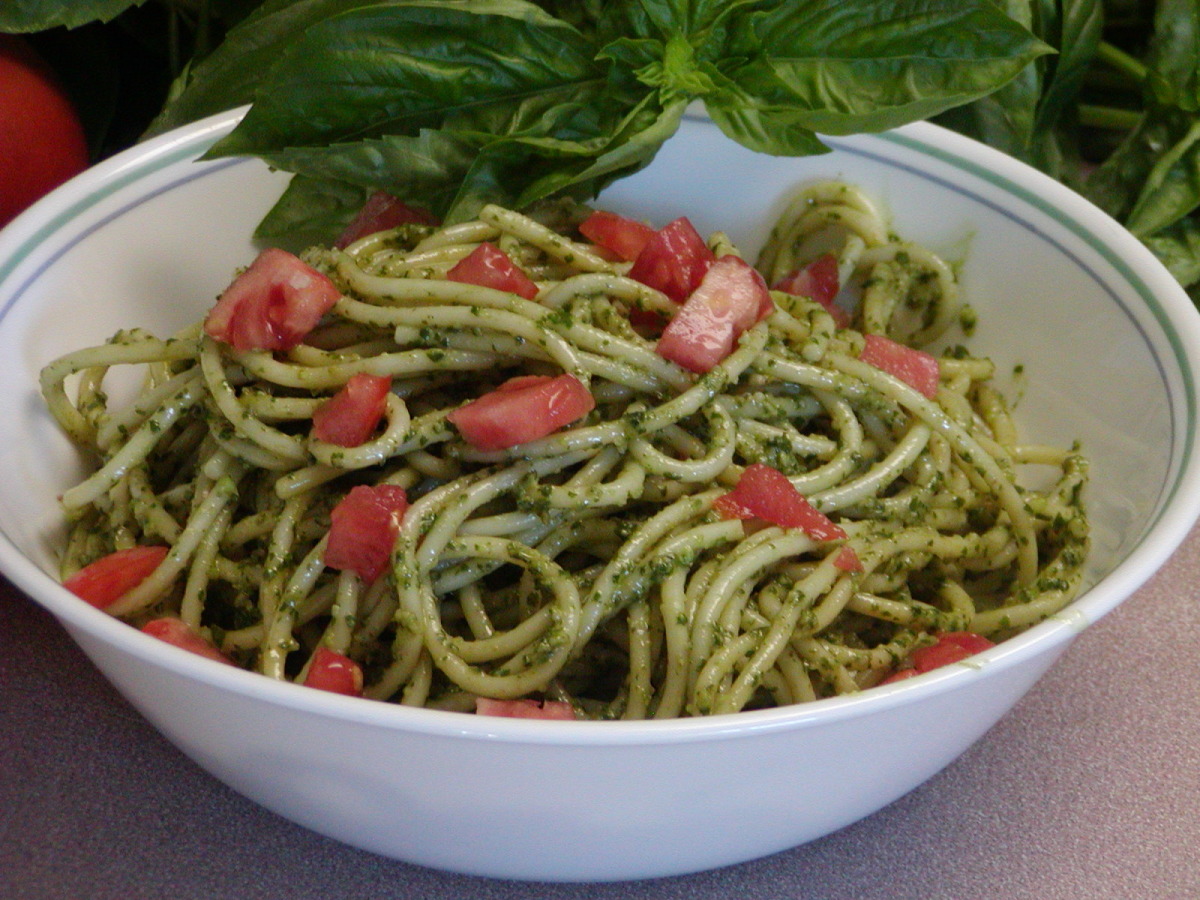**Kitsune Udon: A Savory Japanese Noodle Soup with a Twist**
Kitsune udon is a classic Japanese noodle soup dish that combines the savory flavors of dashi broth, chewy udon noodles, and sweet and savory fried tofu pockets known as kitsune age. Originating from the Kansai region of Japan, this comforting dish has become a staple in many Japanese households and restaurants. Our collection of kitsune udon recipes offers a variety of options to suit different preferences and dietary needs, including a traditional recipe, a vegetarian version, and a spicy variation. Each recipe provides step-by-step instructions, ingredient lists, and cooking tips to ensure a delicious and authentic kitsune udon experience.
KITSUNE UDON
The broth for this dish is very umami and slightly fishy with subtle notes of seaweed. The noodles are springy and work perfectly with this dish. The aburaage is soft and easy to eat, and contributes a lot of the dish's overall flavor. This can be served with fish cakes as well.
Provided by Jasmine
Categories Noodle Soup
Time 50m
Yield 2
Number Of Ingredients 10
Steps:
- Break kombu into 2-inch pieces; this should equal about 2 cups, loosely packed. Bring water and kombu to a gentle boil in a medium saucepan over medium heat; boil for 5 minutes. Remove from heat, then remove and discard kombu. Sprinkle in bonito flakes and bring to a simmer over medium heat, about 2 minutes. Once simmering, remove from heat, strain, and discard solids. Place dashi back into the saucepan and set aside.
- Place aburaage in a medium bowl. Cover with hot water and let soak until light and fluffy, about 5 minutes. Strain, allow to cool briefly until cool enough to handle, and gently press aburaage with your hands to squeeze out any excess water.
- Bring 1 cup dashi, 1 1/2 tablespoon soy sauce, 1 tablespoon mirin, and sugar to a boil in another medium saucepan over medium-high heat. Reduce to a simmer over medium-low heat and add the soaked aburaage. Cook, covered, until the majority of the liquid is absorbed, about 5 minutes. Flip aburaage halfway through.
- Bring the remaining 4 cups of dashi to a gentle boil over medium heat. Stir in salt, remaining 1 tablespoon soy sauce, and remaining 1 tablespoon mirin. Add frozen udon noodles; cook over medium heat, stirring occasionally, until noodles have separated and are tender yet firm to the bite, about 2 minutes.
- Divide noodles and broth evenly into 2 bowls. Top with seasoned aburaage and sliced scallions.
Nutrition Facts : Calories 759.2 calories, Carbohydrate 150.4 g, Fat 3 g, Fiber 0.5 g, Protein 21.9 g, Sodium 3902.5 mg, Sugar 11.4 g
KITSUNE UDON

My kids can't get enough of the savory and sweet flavor of this dish, which makes me smile because I still remember the moment I first tasted kitsune udon-in elementary school. Back in Japan, my grade school served meals to its students, and these noodles were one of my favorite lunchtime treats. I know both you and your kids will love them, too: they're easy to prepare and the sweet and tangy flavor lasts and lasts.
Yield serves 4
Number Of Ingredients 9
Steps:
- To prepare the abura-age, in a medium saucepan, add the abura-age and water. Bring to a boil, then drain the abura-age; rinse with cold water and gently squeeze out excess water. Place the abura-age back in the same pan and add the dashi, sugar, mirin, and soy sauce; set over medium heat. Simmer the liquid to reduce until nearly all of it has evaporated, 8 to 10 minutes.
- Heat the broth in a small pot over medium heat. Once it comes to a boil, cover the pot and decrease the heat to low. Keep warm until ready to serve.
- Place a large pot of water over high heat and bring to a boil. Add the udon noodles and cook, following package instructions. Drain well.
- Divide the noodles among 4 bowls. Pour one-fourth of the hot broth into each bowl. Top each with 1 piece abura-age and garnish by sprinkling the scallions over the top.
Tips:
- For the best flavor, use high-quality udon noodles and dashi broth. You can find these ingredients at most Asian grocery stores. - To make the kitsune age, you can use store-bought or homemade fried tofu. If you are making it yourself, be sure to slice the tofu thinly so that it cooks evenly. - When cooking the udon noodles, be careful not to overcook them. They should be cooked until they are al dente, or slightly firm to the bite. - To make the sauce, you can use a premade mentsuyu sauce or make your own. If you are making your own, be sure to adjust the flavor to your liking. - When assembling the dish, place the udon noodles in a bowl and top with the kitsune age, kamaboko, and a sprinkle of green onions. Pour the sauce over the top and serve immediately.Conclusion:
Kitsune udon is a delicious and easy-to-make Japanese noodle dish that is perfect for a quick and satisfying meal. With its savory broth, tender noodles, and flavorful toppings, it's a dish that everyone will enjoy. So next time you're looking for a new recipe to try, give kitsune udon a try. You won't be disappointed!
Are you curently on diet or you just want to control your food's nutritions, ingredients? We will help you find recipes by cooking method, nutrition, ingredients...
Check it out »
You'll also love







